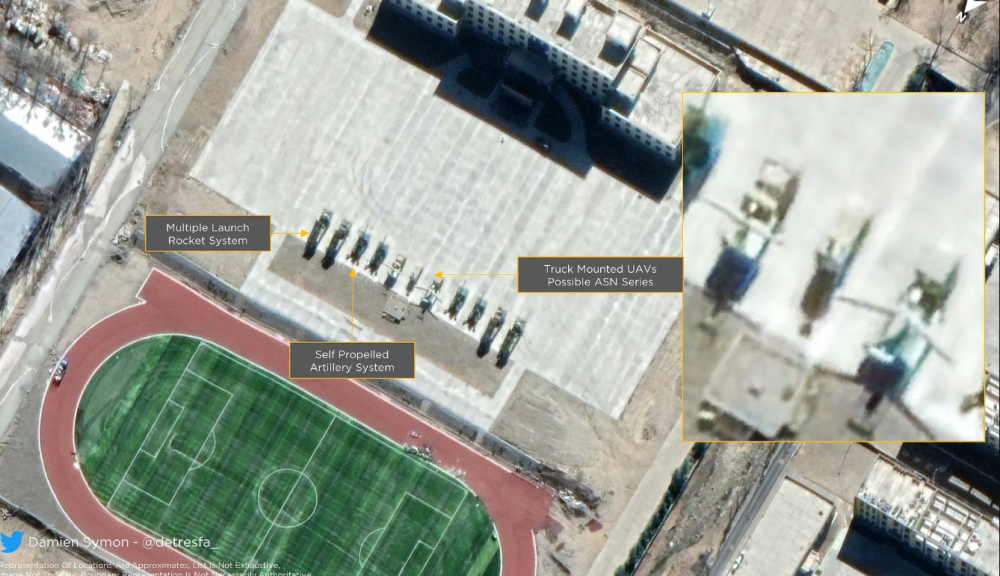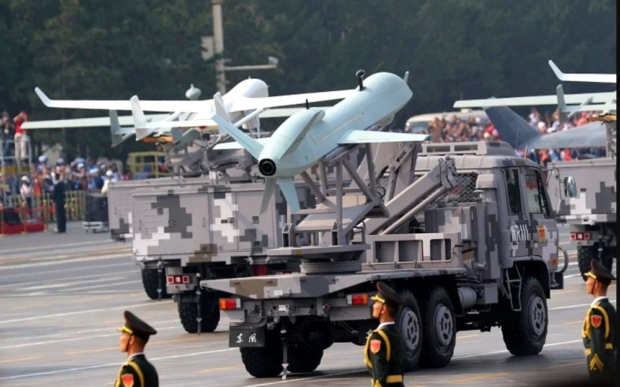Recent satellite imagery of a Chinese military garrison on the Tibetan plateau shows truck-mounted unmanned aerial vehicles.
The image, taken in November 2022 and shared by open-source intelligence analyst Damien Symon on Twitter, is of a People’s Liberation Army (PLA) base in Tibet’s capital Lhasa.
The development comes amid tensions along the Line of Actual Control or LAC between India and China. The image was likely taken just weeks before the face-off and skirmish in Arunachal’s Tawang in December 2022.

The ability of truck-mounted UAVs to be quickly and easily transported to different locations on roads or rough terrain could be an important advantage for China. This mobility could allow the UAVs to be deployed to areas where they are needed in a timely manner.
For example, if there is a sudden escalation of tensions or a need for surveillance in a specific area, the UAVs could be quickly moved to that location to gather information or provide situational awareness.
In addition to the ability to deploy to different locations on rough terrain, another advantage of truck-mounted UAVs in mountainous or difficult-to-access areas is that they do not require a runway for landing and taking off. This means that they can operate from relatively small or improvised landing areas, such as the bed of a truck or a flat stretch of ground.
This is in contrast to larger aircraft, which typically require a long, flat surface for takeoff and landing, making them less practical for use in areas with limited infrastructure or rugged terrain. The ability of truck-mounted UAVs to operate from small or improvised landing areas could make them an ideal choice for gathering information or providing surveillance in remote or difficult-to-reach areas of the Himalayas.
Source: Swarajya

